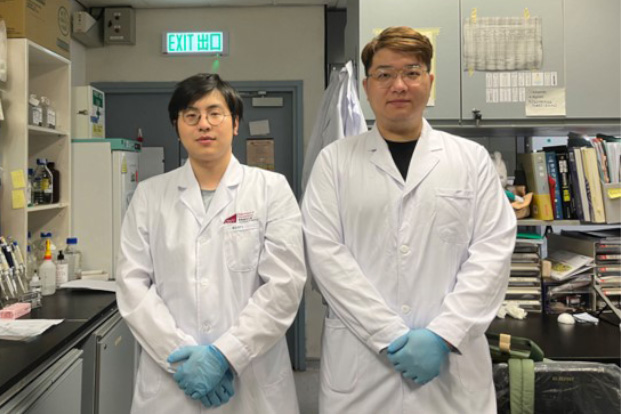Multifunctional in-vivo electrophysiology recording electrode holder
This multifunctional in-vivo electrophysiology recording electrode holder was designed to support electrophysiology recording electrodes. Currently, invasive electrodes are categorised mainly into silicon-based electrodes and microfilament electrode tips. Silicon-based electrodes include traditional Utah electrode array cards and high-channel electrodes based on micro-nano processing. Traditional silicon-based electrodes often cause significant brain tissue damage after implantation due to the stiffness of the electrode array. High-channel electrodes are expensive and require complex support systems, making them inaccessible to most researchers.
Microfilament electrodes use a low-resistance platinum-iridium alloy for the recording site. Their soft filament requires a support structure to prevent bending. Support structures are classified mainly into two types: steppable and non-steppable. Non-steppable leads keep the electrode fixed in the brain after implantation. Steppable leads, in contrast, have a stepping nut on their support structure, which allows them to be adjusted after implantation to record deeper in the brain. This feature significantly reduces the number of animals required to obtain the same amount of data in experiments.
This holder, based on a steppable design, can adjust the number and position of holes for fixing electrode wires, enabling synchronous recording from multiple brain regions, which is crucial for studying neural circuits. In addition, the product is made using 3D printing technology, which reduces its mass by about 30% compared to traditional circuit boards.
Mr Fu Zhongqi* (PhD student and Research Assistant, Dept. of Neuroscience, CityU)
Mr Wang Zhen (PhD student, Dept. of Neuroscience, CityU)
* Person-in-charge
(Info based on the team's application form)
- CityU HK Tech 300 Seed Fund (2024)
